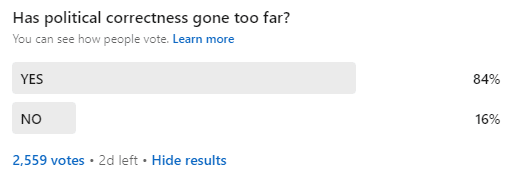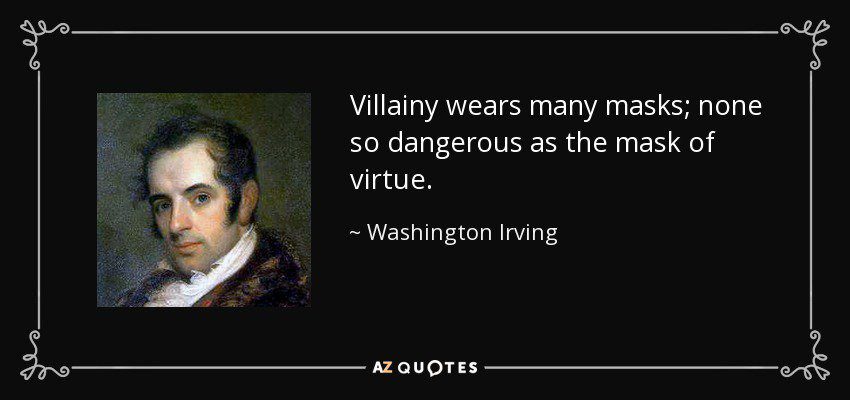“Leaders are born, not made.”
If you’re reading this, you’re either a leader or a prospective leader. But do you believe you were born with the knowledge to succeed? In other words, can you learn from mistakes you haven’t made or have heard of others making? Like cross-stitching, organic chemistry, and riding a bicycle, leadership is at once a skill, a field of study, and a practiced instinct that requires training to learn and master. Taking an online leadership course puts you ahead of the learning curve. Those who take online courses in leadership, apply themselves, and learn the right lessons are in a sense reborn as leaders — and even the elusive “born leader” knows that a good leader is always learning.
With the commitment to learn comes the next issue: not all leadership situations are the same, and leadership training is not one-size-fits-all. Whether you’re leading a group of young artists or a grizzled aircraft maintenance team, you should take an online leadership course that matches your situation. But which one? Accounting for variety, here are the top seven online courses in leadership.
Harvard University
Exercising Leadership: Foundational Principles
Harvard’s online leadership course stands on the cutting edge of the latest academic and management theories. If you’re a leader who will need to speak to other leaders in the most up-to-date terminology and with learned authority, there is no more comprehensive source than Harvard’s “Foundational Principles”.
Pros: From DEI to conflict management, you’ll be familiar with every term and practice of leadership in large corporate environments.
Cons: An academic focus may not serve the needs of mission-oriented leaders.
The Eighth Mile Consulting
Personal Development and Leadership Course
The Eighth Mile stresses candor and “lessons learned” as vital tools for continuous improvement. As leaders themselves under the rigors of active-duty military service, they have learned both to handle high-pressure environments and develop teams who can succeed under pressure.
Military leadership particularly stresses experience as a continuous improvement practice of finding mistakes, even in success, and learning from them. The Eighth Mile carries this leadership training philosophy forward, allowing you to learn from others’ mistakes and putting you ahead of the learning curve — without the oftentimes high cost.
Pros: Learn practical leadership skills from military professionals who have translated this real-life experience into useful lessons for team leaders, owners, and CEOs.
Cons: May not be appropriate for all personality types. The Eighth Mile’s online leadership courses work best for those who are not afraid of performing honest and sometimes challenging self-evaluations.
cta_style_4
Oxford University
Home Study Center Leadership Training Series
For the brand new leader who has no idea where to start, Oxford’s online courses in leadership help you take your first baby steps toward becoming a leader. From learning about interpersonal skills and the difference between a manager and a leader Oxford’s online leadership courses will answer the question, “What is leadership?”
Pros: For the complete beginner the Oxford Home Study online leadership courses make no assumptions. It will guide you from square zero.
Cons: Those with at least some experience will want more hands-on courses in online leadership that challenge them to improve, not a review of introductory theory.
Harvard University
Design Thinking And Innovation
Harvard makes the list twice with its best-in-class offering on “Design Thinking”. For the mission-oriented problem-solver facing “people problems”, “Design Thinking” is a problem-solving paradigm that proceduralizes empathy with customers and stakeholders to make human relations more accessible to leaders in STEM where people skills are often undeveloped. This online leadership course leverages the engineering mindset to bootstrap those vital people skills and unlock the student’s leadership potential.
Pros: Engineers and scientists can readily adopt people skills when leadership training models those skills as a problem-solving paradigm. If this is the way you think, this is the fastest way to learn.
Cons: Most leaders won’t need a formal engineering paradigm to develop their people skills.
Bocconi University
International Leadership and Organizational Behavior
The leadership of an international team requires international expertise. This online course in leadership is specialized for teams from different countries, especially those with different customs. International teams, particularly those with diverse cultural backgrounds, have a long list of unique requirements and restrictions.
Pros: If you’re navigating international cross-cultural challenges, you absolutely need this specialized online leadership course.
Cons: If you don’t employ a cross-cultural team, this course will not serve you as well as the others. Furthermore, if you do need this course, its narrow focus may be limiting. You might consider supplementing it with a more straightforward online course in leadership in addition.
Yale University
Managing Emotions in Times of Uncertainty and Stress
An online leadership training course focused directly on dealing with the emotional needs of team members is a great choice for leaders working with teenagers and young adults. Creative people with highly developed minds but still learning emotional self-control need special understanding, and this requires a leader who has learned the patience and wisdom to manage emotions.
Pros: Every summer camp counselor has dealt with groups that are highly motivated but with delicate emotional sensibilities. When success or failure hangs on this razor’s edge, a wise leader can turn a looming disaster into a spectacular success. An online leadership training course in emotional intelligence could tip the balance.
Cons: For more emotionally mature teams, a more mission-oriented course may be a better fit.
Scrum.org
Professional Agile Leadership Essential Training
Leading an agile project management team requires a delicate balance of taking charge to get things on track versus stepping back and letting your highly skilled and creative teams go about their work, mediated by your own technical understanding of the project. Needless to say, this specialized level of leadership requires specialized online leadership courses. If you need to know the difference between scrum and kanban in order to credibly lead your teams, then you need Agile training, and there’s no better teacher than the inventors of Scrum.
Pros: This course will make sure you can handle the unique challenges of software project management. Your teams will likely find you more credible if you’re up to date on the latest design methodologies.
Cons: Leaders of teams not mostly composed of STEM specialists will find Agile Design Methodology alienating without careful rewording and simplification of developer jargon. Investing time in teaching engineering costs time away from actually leading the team.





